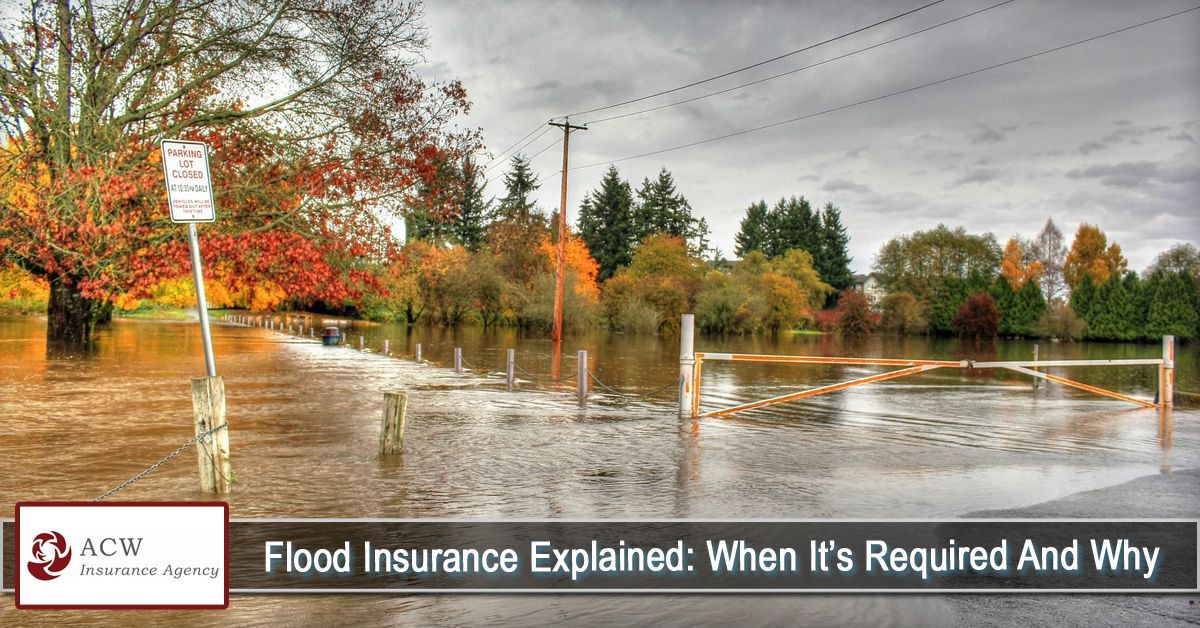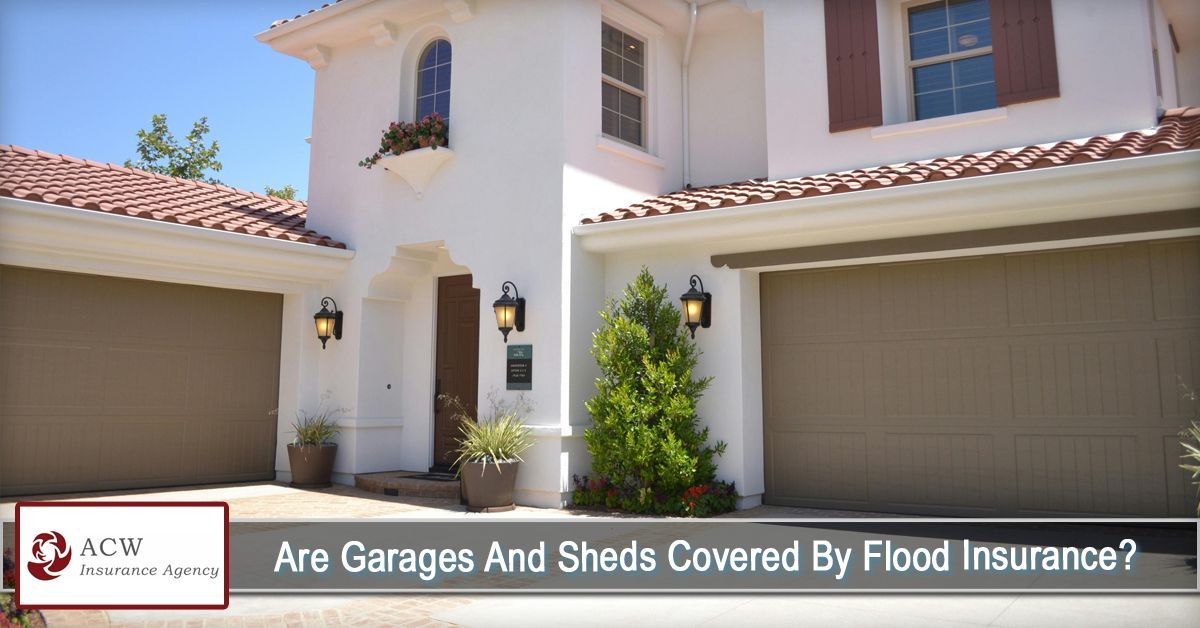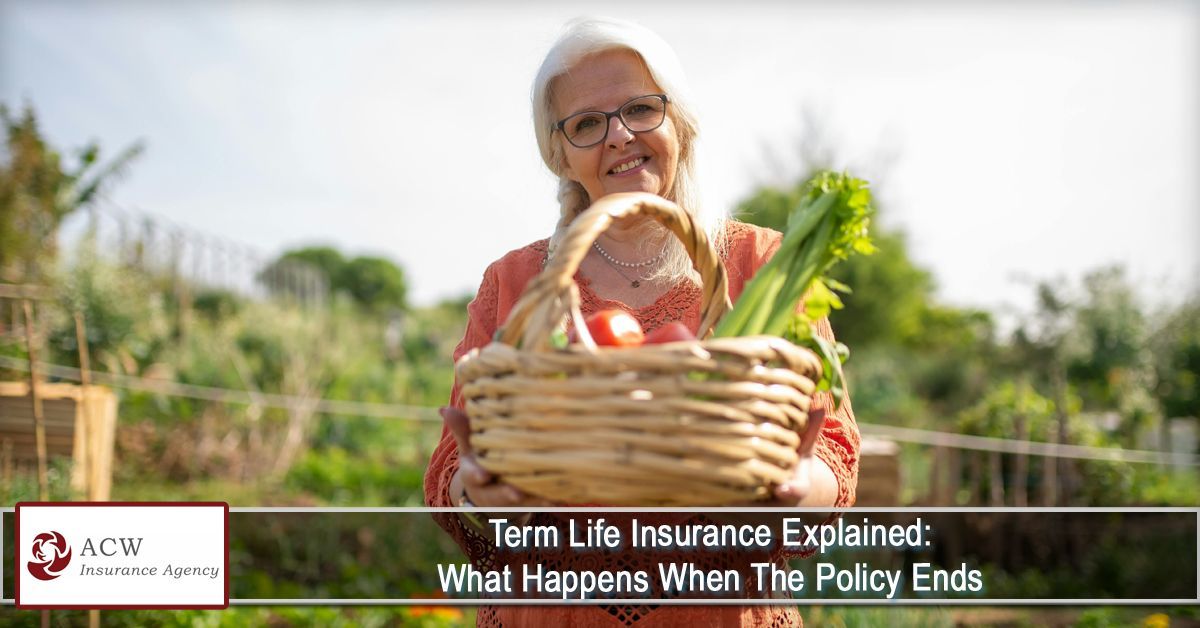
Floods are one of the most common and costly natural disasters in the United States. Yet many
homeowners don’t realize that standard home insurance policies do not cover flood damage. This gap in coverage can leave families vulnerable to massive financial losses. That’s why flood insurance is such an important piece of protection for many property owners.
But when is flood insurance required, and why should you consider it even if it’s not mandatory? Let’s break it down.
When Flood Insurance Is Required
- Federally Designated High-Risk Flood Zones
If your property is located in a high-risk flood area (Special Flood Hazard Area, or SFHA), and you have a federally backed mortgage, you are legally required to carry flood insurance. - Mortgage Lender Requirements
Even outside of high-risk zones, lenders may require flood insurance as part of their loan conditions if they believe your property is at risk. - Government Assistance Programs
If you’ve received federal disaster assistance in the past, you may be required to maintain flood insurance to qualify for future aid
Why Flood Insurance Matters
Floods can strike anywhere—not just in coastal or high-risk areas. According to FEMA, more than 20% of flood claims come from properties outside high-risk flood zones. Without coverage, homeowners could face devastating financial consequences.
Key Reasons to Have Flood Insurance:
- Protects Your Home Structure
Covers repairs to walls, flooring, electrical systems, plumbing, and appliances. - Protects Personal Property
Covers belongings like furniture, clothing, and electronics (with separate contents coverage). - Reduces Out-of-Pocket Costs
Flood repairs can cost tens of thousands of dollars. Insurance ensures you’re not left covering the entire bill. - Peace of Mind
Provides security knowing your home and assets are protected during unpredictable weather events.
Types of Flood Insurance
1.Building Coverage
- Protects the physical structure of your home, foundation, and attached features (e.g., garage).
- Available up to $250,000 through the National Flood Insurance Program (NFIP).
2. Contents Coverage
- Protects personal belongings inside your home.
- Available up to $100,000 through NFIP; higher limits may be available through private insurers.
3. Private Flood Insurance
- Offers higher coverage limits and additional options not available through NFIP, such as temporary living expenses.
Common Misconceptions About Flood Insurance
- “I Don’t Live Near Water, So I Don’t Need It”
Floods can occur due to heavy rainfall, snowmelt, or poor drainage systems—not just proximity to rivers or oceans. - “Disaster Relief Will Cover Me”
Federal disaster assistance is often a loan that must be repaid, not free aid. - “My Home Insurance Covers Floods”
Standard policies exclude flood damage, making separate coverage essential.
Conclusion
Flood insurance is required for certain homeowners, but even if it’s not mandated, it’s a wise investment for many. Floods are unpredictable, widespread, and financially devastating without protection.
The takeaway: If you live in or near a flood-prone area—or even in a moderate-risk zone—consider flood insurance as a critical part of your financial safety net. It ensures your home, belongings, and future remain secure no matter what nature brings.
At ACW Insurance Agency LLC, we are dedicated to providing our clients with comprehensive and affordable insurance policies. Our commitment extends to going the extra mile to address your specific needs. To learn more about how we can assist you, please contact our agency at (772) 261-2573 or CLICK HERE to request a free quote.
Disclaimer: The information presented in this blog is intended for informational purposes only and should not be considered as professional advice. It is crucial to consult with a qualified insurance agent or professional for personalized advice tailored to your specific circumstances. They can provide expert guidance and help you make informed decisions regarding your insurance needs.









